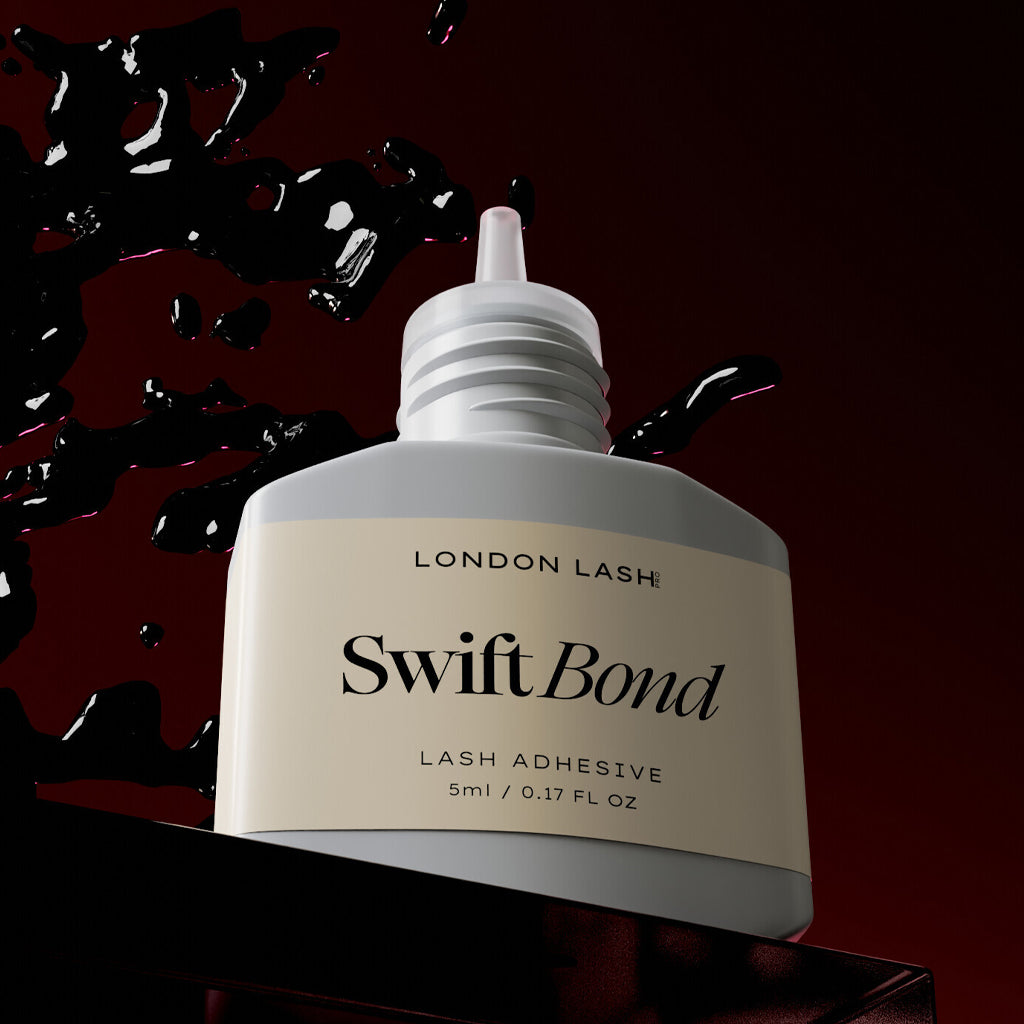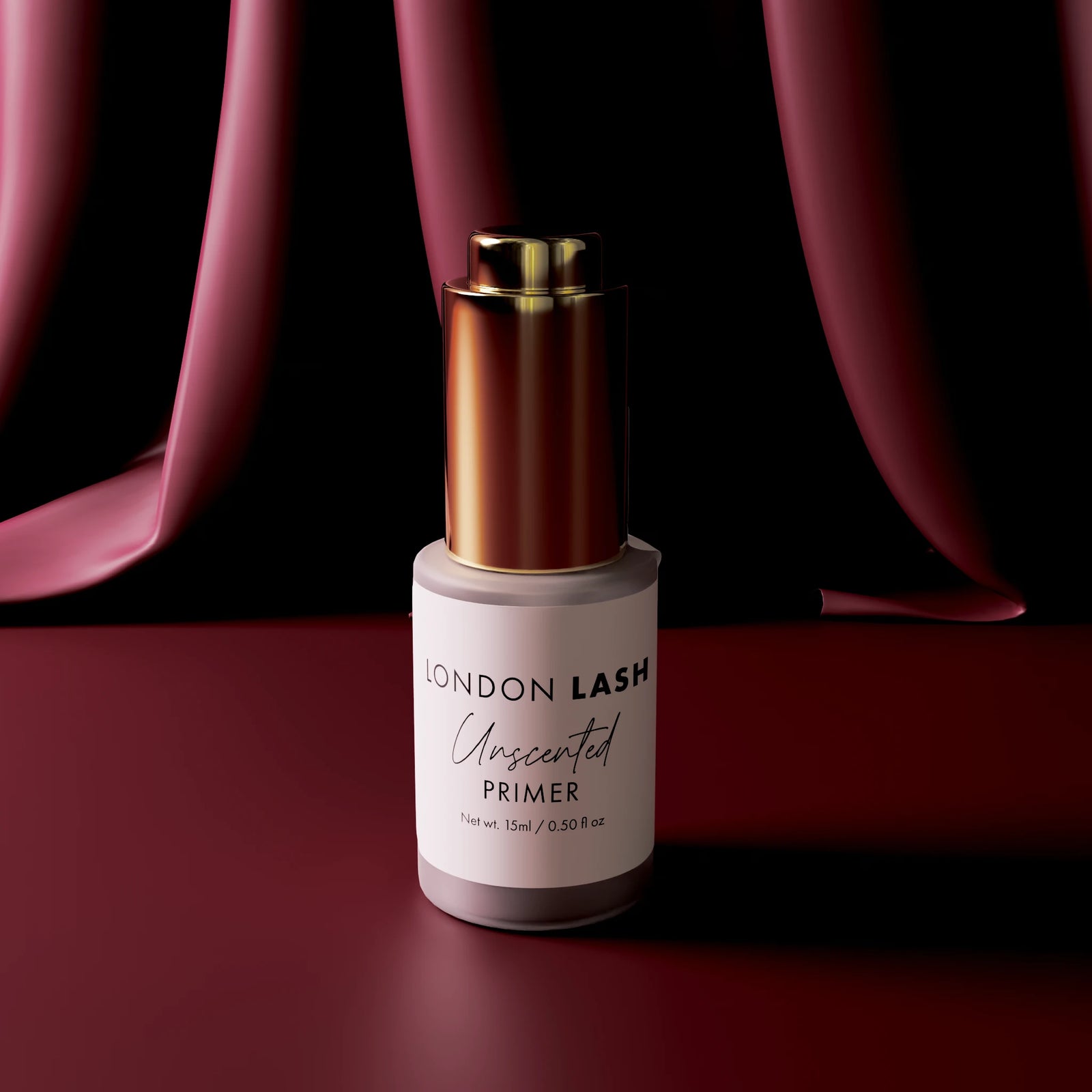New In
Glues & Liquids
Lashes
LASH LIFT
Dolla Nails Pro
Online Training
Save up to 57% off
Top Retention Myths - Busted!
December 23, 2020 4 min read

TOP RETENTION MYTHS - BUSTED!
Let's set the record straight! There are so many lash rumors swirling around these days, and some of them are completely false. Well, we have some points you may want to consider when your retention is acting up or when your next client comes in for an infill.
Infill Advice
So, your client has returned for their 3-week infill, they stroll in and the first thing you hear is “You’re not going to be happy with me!”. Then you notice that their last five lashes are hanging on for dear life - the immediate panic sets in as you now need to attempt a full set in an infill appointment! STOP! This is not possible and you will need to explain that either you can book a future appointment for a full set or that you can apply as many lashes as possible in the time frame you have, but the quality of work will not be compromised.

Now it’s time to attempt to work out what’s gone wrong here. You can ask your client: ‘Did you get your lashes wet within the first 24 hours? Did you visit any spas? Did you wash your lashes daily with the foam shampoo I provided you? Have you been playing with them? Did you use the oil-free makeup I told you about? Have you brushed them daily?’ These are all questions we have certainly asked our clients, but have you ever thought about what you could have done better in the first place to avoid retention issues? It may not always be the fault of the client, but the fault of the lash artist! Let’s break down what we as lash technicians can do to avoid and correct retention problems.
LET’S TALK ATTACHMENT!
It is so important to be conscious of the attachment between the extension and the natural lash - remember a good attachment area is between 2-4mm, compared to a poor attachment, which is anything below 1mm, meaning that your pretty fan is likely to brush off only a couple of days later.
You also need to be aware of placement, making sure the extension is angled 90 degrees from the eyelid - incorrect placement may result in stickies where a single lash will bond with the neighbor and cause not only poor retention but damage to the natural lashes. Finally, bear in mind that thicker lashes may need a little more lash glue to wrap around the natural lash and create that strong bond. So pay attention to the amount of glue you are picking up, as it can be different for each person.

LET'S TALK PRETREATMENT!
Think about your pretreatment routine - this is not something which is optional, this is a vital part of your client’s appointment!
Let's start with a foam shampoo - my personal preference for cleaning my clients’ lashes, removing any bacteria, excess makeup and general dust or dirt, then rinsing with a saline solution (more comfortable for the client as has a similar PH to the natural tear). This will not only freshen your clients eyes but also rinse any excess shampoo creating a clean surface ready for primer!
Primer prepares and moisturises the natural lash, creating the correct PH for bonding between the extension to the natural lash. Again it plays its individual role in helping you ensure great retention!

Don’t forget Booster!!! I personally use Booster for both the natural lashes and for the strip of lashes that I am using. For the natural lash, its role is to open the hair cuticle ensuring a strong bond with the glue. Applying to the strip will stop the glue travelling up the fan, and will prevent the fan from closing during application. THIS TRULY IS A MUST HAVE PRODUCT FOR EVERY LASH TECHNICIAN!
Each product plays its own important role for pretreatment, so missing out on any stage of this process is a huge mistake!
LET'S TALK GLUE!
If you are using a glue that has a quick drying time you will need to be aware of YOUR speed of work. If you are a beginner, you will need to consider a glue that works with you and not against you. Choosing a fast drying adhesive will result in the glue drying before the extension has been placed, this is where you will notice brush offs and feel frustrated! Keep an eye on your humidity and temperature with a Hygrometer, and ensure these elements work with your chosen adhesive.
Your glue is important to get right, so pay close attention to what you are using and don’t go for a fast setting glue if your ability does not match! It will result in the opposite outcome, clients coming back with those 5 fluttery lashes!

These are just some points to consider should you be experiencing retention issues. But before you start thinking about what your clients may be doing wrong, take a step back and consider your own actions!
IF YOU CUT CORNERS, YOU JUST KEEP GOING IN CIRCLES!
Written by Guest Blogger Laura Roussel - LLP Trainer in Devon, England
Check out these featured products
Subscribe
Sign up to get the latest on sales, new releases and more …




















